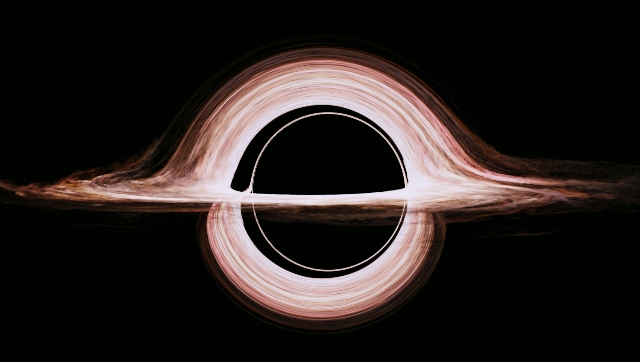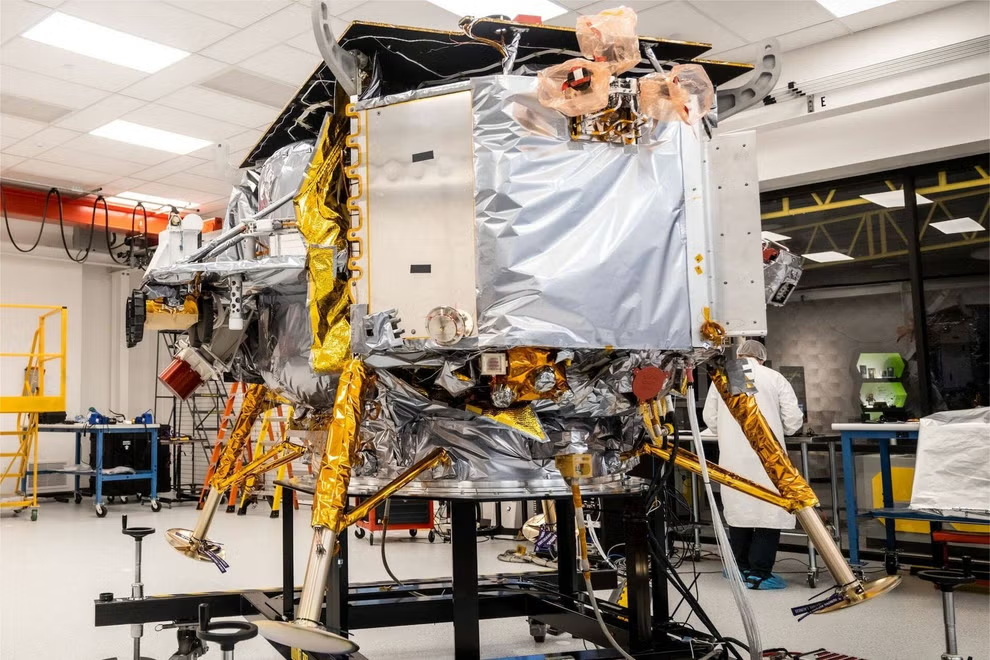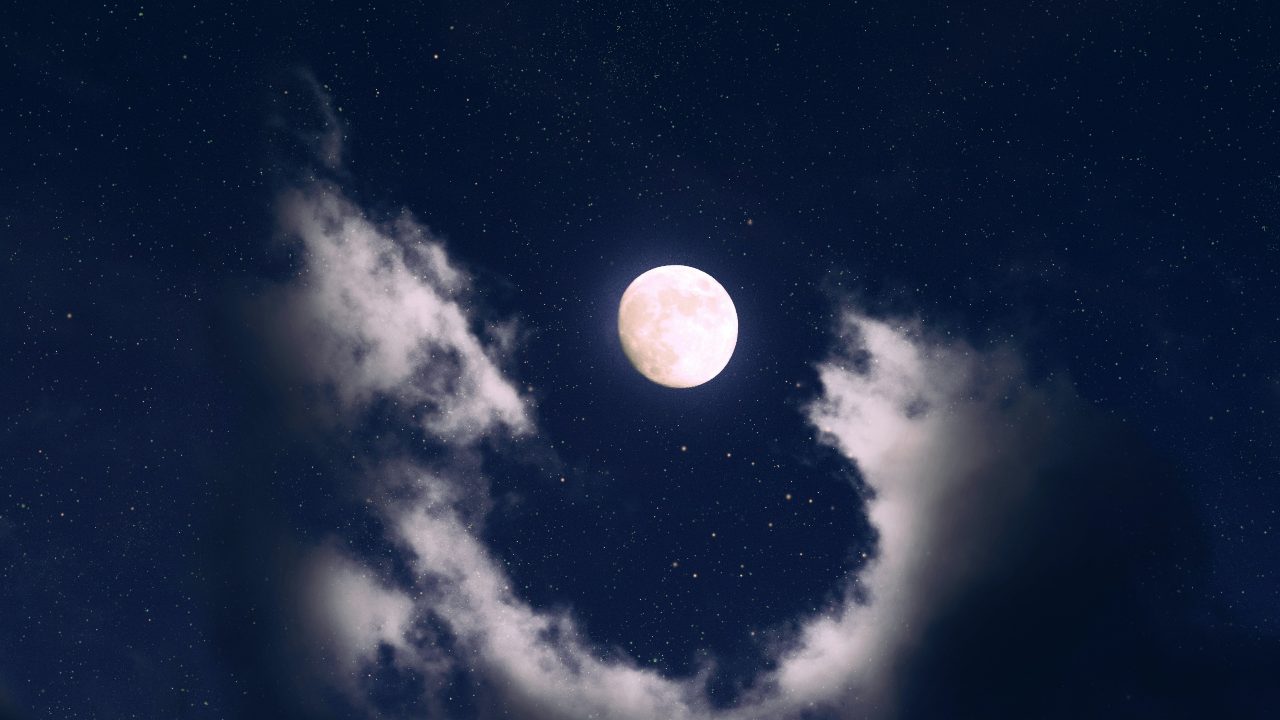Explained: What are supermassive black holes, the one which was photographed at the centre of The Milky Way

- Reporter 02
- 24 Aug, 2022
For the first time, astronomers have captured an image of the supermassive black hole or SMBH, at the centre of our galaxy. It's the first direct observation confirming the presence of the black hole, known as Sagittarius A* (pronounced as A-Star), as the heart of the Milky Way galaxy.
Black holes don't emit light, but the image shows the shadow of the black hole surrounded by a bright ring, which is actually light being bent by the gravity of the black hole. Astronomers said the black hole is 4 million times more massive than our sun and falls under the supermassive category. So what exactly are supermassive black holes?
Black holes fall into 4 basic categories: stellar, intermediate, supermassive, and miniature.- Of these, intermediate and miniature black holes have only been hypothesised about.
As stars reach the end end of their lives, they tend to inflate, lose mass and then all of a sudden cold down to form white dwarfs. A stellar black hole is formed when a huge star burns up all its fuel and collapses in on itself. These stars are often more than 10-20 times bigger than our Sun.
Stellar black holes grow by taking control of other stars or merging with other black holes and becoming a supermassive black hole. Basically, when a black hole consumes multiple stars or many smaller black holes. As stated, a stellar black hole has a mass of about 10-20 times of our sun. A supermassive black hole can have masses equal to billions of suns, so the one that is at the centre of the Milky Way is a fairly small one.
Leave a Reply
Your email address will not be published. Required fields are marked *











